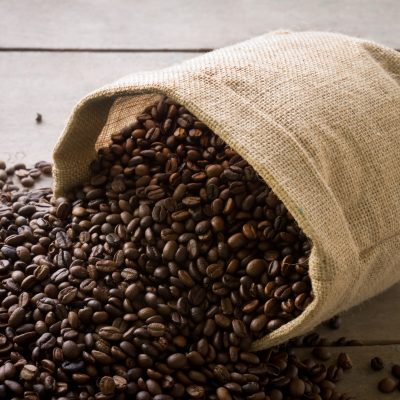
Every aromatic cup of coffee you enjoy starts with a humble seed: the coffee bean. This small seed is the foundation of a massive global industry and a cherished cultural tradition. To truly appreciate your daily brew, it helps to understand its origins, its main varieties, and the complex journey it takes to reach your mug.
The world’s coffee supply is dominated by two main species, each offering a distinct experience. Arabica (Coffea arabica) accounts for roughly 60% of global production and is widely considered the premium bean. It thrives at high altitudes in cool, subtropical climates, which makes it more delicate to cultivate. Arabica is prized for its complex flavor profile: it’s generally smooth, aromatic, and carries notable acidity with hints of floral, fruity, or chocolate notes. It also contains a relatively low amount of caffeine.
In contrast, Robusta (Coffea canephora) is the workhorse of the coffee world. It’s hardier, easier to grow at lower altitudes, and more resistant to disease. Robusta is known for its stronger, bolder, and more bitter flavor, often described as earthy or rubbery. Its key feature is its high caffeine content—nearly double that of Arabica—making it ideal for instant coffee, espresso blends (where a strong crema is desired), and for those seeking a powerful caffeine kick. A small percentage of the market is also shared by less common types like Liberica and Excelsa, which offer unique, often smokey or spicy aromas.
The transformation of the coffee bean is a multi-step process beginning in the “Bean Belt,” the equatorial zone where coffee plants flourish. After three to five years, the coffee tree yields coffee cherries, which turn deep red when ripe. For specialty coffee, these cherries are selectively hand-picked to ensure maximum quality.
Once picked, the beans must be separated from the fruit pulp. The Washed (Wet) Method removes the pulp immediately, often involving fermentation in water, resulting in a cleaner, brighter taste. Conversely, the Natural (Dry) Method involves drying the whole cherry in the sun before the seed is hulled. This longer contact with the fruit pulp imparts sweet, intensely fruity notes to the bean.
The last major transformation is Roasting. The raw, green beans are heated at high temperatures, triggering chemical reactions that develop thousands of flavor compounds. The roast level—from light to dark—determines the final flavor: light roasts preserve the bean’s original acidity and delicate notes, while dark roasts create a more intense, chocolatey, or smoky profile.
Ultimately, the flavor of a coffee bean is a reflection of its origin, or its terroir—the combination of soil, climate, and altitude where it was grown. This is why a Sumatran Mandheling is known for its heavy body and earthy character, while an Ethiopian Yirgacheffe is celebrated for its bright, floral flavor. Understanding the bean’s journey and its origin is the key to unlocking a deeper appreciation for the complex art of coffee.
One Response
As a coffee addict, I just realized the whole process from farm to cup. I will appreciate my everyday morning coffee more after reading this post. Thank you for sharing!